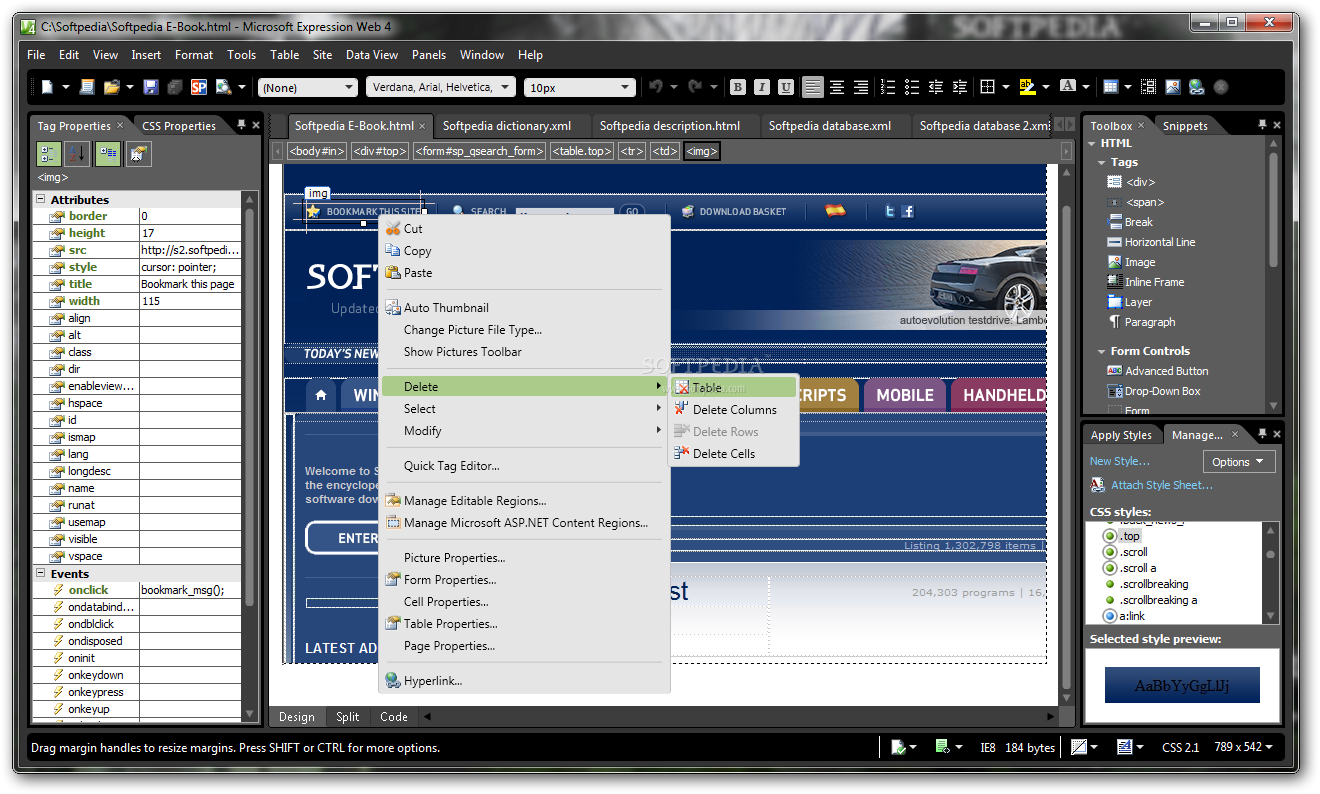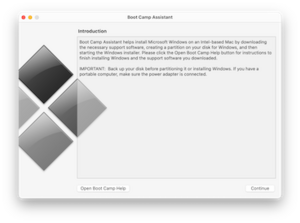Mac Os Support For The User
Mac Os Install
Hi,
I just got a Power Book and used Migration Assistant to download all of the files from both my work computer AND my old iBook. The problem is, now I have two admin accounts on my Power Book -- the one from my work Mac and the one from my old iBook.
I have important files on each one, so I don't want to delete either account (and I don't seem to be able to delete them anyway because they're both labeled as 'admin' and won't let me delete them).
1. Is there an easy way to merge the accounts, so that my files all merge into their respective folders? Meaning that, for example, both of my 'Documents' folders would become one 'Documents' folder with everything in it under just one account.
2. If there isn't an easy way, and I just have to drag all of my files from one account into a shared folder to then bring into the other account, how do I go about deleting this second 'admin' account?
Thanks; you guys are awesome.
Dave
I just got a Power Book and used Migration Assistant to download all of the files from both my work computer AND my old iBook. The problem is, now I have two admin accounts on my Power Book -- the one from my work Mac and the one from my old iBook.
I have important files on each one, so I don't want to delete either account (and I don't seem to be able to delete them anyway because they're both labeled as 'admin' and won't let me delete them).
1. Is there an easy way to merge the accounts, so that my files all merge into their respective folders? Meaning that, for example, both of my 'Documents' folders would become one 'Documents' folder with everything in it under just one account.
2. If there isn't an easy way, and I just have to drag all of my files from one account into a shared folder to then bring into the other account, how do I go about deleting this second 'admin' account?
Thanks; you guys are awesome.
Dave
Mac Os Support For The User Interface

List Of Mac Os Releases
This site contains user submitted content, comments and opinions and is for informational purposes only. Apple may provide or recommend responses as a possible solution based on the information provided; every potential issue may involve several factors not detailed in the conversations captured in an electronic forum and Apple can therefore provide no. I have a Mac Mini running Mountain Lion and I use InDesign, Illustrator, and Photoshop, all CS6 version (those are the newest versions I have of those programs). I would like to upgrade to a newer Mac OS but I want to make sure I don't lose the use of my Adobe programs.

Mac Os Compatibility Chart
- 1 First Steps
- 1.4 Supported Host Operating Systems
- 1.8 Running Your Virtual Machine
- 1.10 Snapshots
- 1.14 Importing and Exporting Virtual Machines
- 1.15 Integrating with Oracle Cloud Infrastructure
- 1.18 Soft Keyboard
- 2 Installation Details
- 2.1 Installing on Windows Hosts
- 2.2 Installing on Mac OS X Hosts
- 2.3 Installing on Linux Hosts
- 2.4 Installing on Oracle Solaris Hosts
- 3 Configuring Virtual Machines
- 3.1 Supported Guest Operating Systems
- 3.2 Unattended Guest Installation
- 3.4 General Settings
- 3.5 System Settings
- 3.6 Display Settings
- 3.11 USB Support
- 3.14 Alternative Firmware (EFI)
- 4 Guest Additions
- 4.2 Installing and Maintaining Guest Additions
- 4.3 Shared Folders
- 4.4 Drag and Drop
- 4.5 Hardware-Accelerated Graphics
- 4.7 Guest Properties
- 4.8 Guest Control File Manager
- 4.10 Memory Overcommitment
- 4.11 Controlling Virtual Monitor Topology
- 5 Virtual Storage
- 5.11 vboximg-mount: A Utility for FUSE Mounting a Virtual Disk Image
- 6 Virtual Networking
- 6.3 Network Address Translation (NAT)
- 7 VBoxManage
- 7.8 VBoxManage modifyvm
- 7.10 VBoxManage import
- 7.11 VBoxManage export
- 7.37 VBoxManage unattended
- 7.38 VBoxManage snapshot
- 7.39 VBoxManage clonevm
- 7.40 VBoxManage sharedfolder
- 7.41 VBoxManage extpack
- 7.42 VBoxManage dhcpserver
- 7.43 VBoxManage debugvm
- 7.44 VBoxManage cloudprofile
- 7.45 VBoxManage cloud
- 7.46 VBoxManage signova
- 7.47 VBoxManage updatecheck
- 7.48 vboximg-mount


